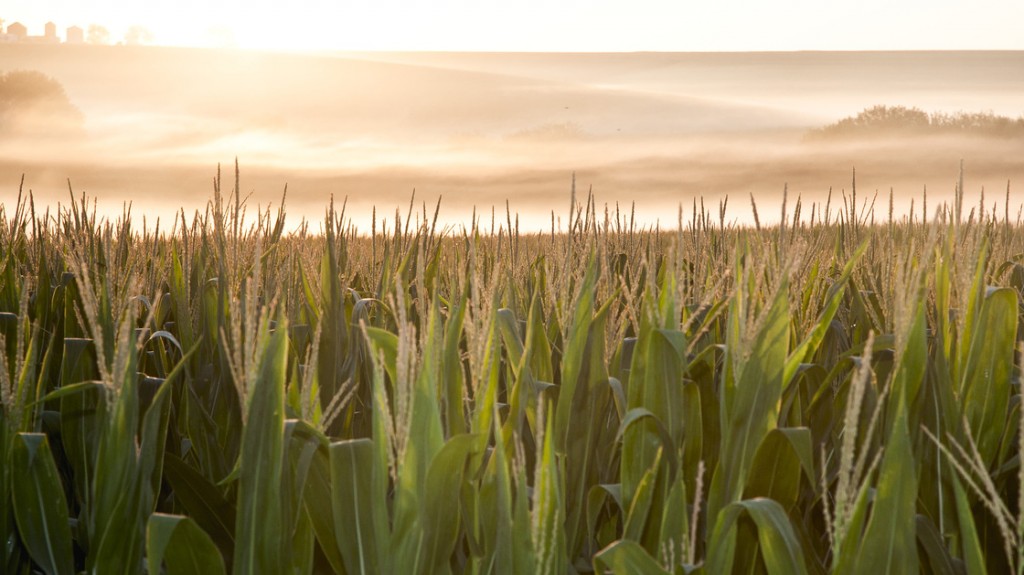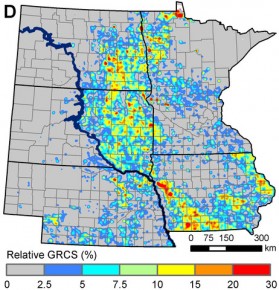
Post by Dan Charles, The Salt at NPR Food
For years, I've been hearing stories about the changing agricultural landscape of the northern plains. Grasslands are disappearing, farmers told me. They're being replaced by fields of corn and soybeans.
This week, those stories got a big dose of scientific, peer-reviewed validation. A study published in the Proceedings of the National Academy of Sciences shows actual pictures — derived from satellite data — of that changing landscape. The images show that farmers in the Dakotas, Minnesota, Iowa and Nebraska converted 1.3 million acres of grassland into soybean and corn production between 2006 and 2011.
"This is kind of the worst-kept secret in the Northern Plains. We just put some numbers on it," says Christopher Wright, from South Dakota State University, who got funding from the National Science Foundation and the Department of Energy to take a close look at this phenomenon. Earlier studies from the Environmental Working Group and the USDA's Economic Research Service have also looked at it, each using slightly different methods.

Still, Wright's images are striking, and these changes are having profound effects on the environment of this region. For instance, it's bad news for wildlife, because corn fields are much less inviting habitat for a wide range of wild creatures, from ground-nesting birds to insects, including bees. Corn and soybean fields are increasingly encroaching into the Prairie Pothole region of the Dakotas and Minnesota, the most important breeding habitat for waterfowl in North America.